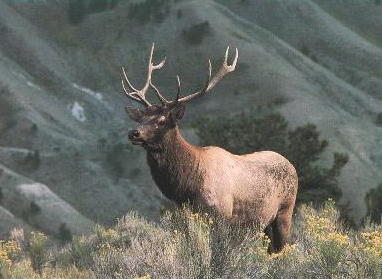 The large
sweeping antlers on the dark brown head of a bull elk distinguish it from all other deer. The name "elk"
originated with early European settlers in the United States, who confused it with the European elk, which is a
close relative of our moose. Elk are often called "wapiti," the Shawnee word for "white rump."
This description refers to the prominent, cream-colored rump patch. Elk are generally tan in color, with dark brown
over the head, neck and legs. The large
sweeping antlers on the dark brown head of a bull elk distinguish it from all other deer. The name "elk"
originated with early European settlers in the United States, who confused it with the European elk, which is a
close relative of our moose. Elk are often called "wapiti," the Shawnee word for "white rump."
This description refers to the prominent, cream-colored rump patch. Elk are generally tan in color, with dark brown
over the head, neck and legs.
The elk is the second largest member of the deer family in North America; only the moose is larger. Many Western
states and several Canadian provinces support thriving elk populations, and in those places the elk is a popular
big game animal.
Elk are much larger and heavier than white-tailed deer. A mature male elk, called a bull, stands 50-60 inches at
the shoulder and weighs 600-1000 pounds. Females, or cows, weigh 500-600 pounds.
Elk have a summer and a winter coat. The summer pelage is short, thin and colored reddish brown. In winter, long,
coarse guard hairs overlay wooly underfur. At this time, an elk's body is tawny brown or brownish gray, with the
neck, chest and legs dark brown, and the underparts darker than the back. Buffy or whitish fur covers the rump
and the 4-5 inch tail. Sexes are colored essentially alike. Young elk, called calves, are dappled with spots.

Strong muscular animals, elk can run 30 miles per hour for short distances, and can trot for miles. They jump well
and swim readily. Their senses of smell and hearing are keen.
Cow elk often bark and grunt to communicate with their calves, and calves make a sharp squealing sound. The best
known elk call, however, is the bull's bugling. Bugling occurs primarily during the mating season. It consists
of a low bellow that ascends to a high note, which is held until the animal runs out of breath, followed by guttural
grunts. Cows also bugle at times.
Each year, a bull grows large branching antlers that sweep up and back from the head. In May, two bumps start to
swell on the animal's skull, pushing up about half an inch per day. The growing antlers are covered with a soft
skin called velvet. This covering contains blood vessels which supply growth materials to the enlarging antlers.
Yearlings usually grow single spikes 10-24 inches in length, while older bulls may produce racks with main beams
4-5 feet in length and having 5, 6 or, rarely, 7 tines to a side. An elk with a total of 12 antler points is called
a ''royal" bull; one with 14 points is an "imperial." Before the autumn rutting season, the velvet
dries and is shed or rubbed off. Bulls carry their antlers into late winter or early spring.
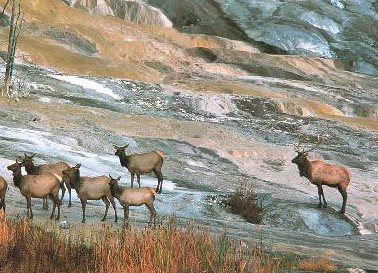
Elk are primarily grazers, eating a variety of grasses and forbes. In winter, they paw through snow to reach grass,
or turn to twigs, buds and the bark of trees. Among trees and shrubs. They also browse oak, striped maple, black
cherry, Juneberry and witch hazel. They drink from streams and springs and, if necessary, during the winter they
get water by eating snow.
The mating season is September and October. Bulls bugle invitations to cows and challenges to other bulls. The
bulls fight with each other, joining antlers and pushing and shoving. Battles rarely end in serious injury; the
weaker bull usually breaks off the confrontation and trots away.
Bull elk amass harems of 15-20 cows. Most harems are controlled by large mature bulls, although younger males,
which hang around on the fringes of the groups, may also share in the breeding.
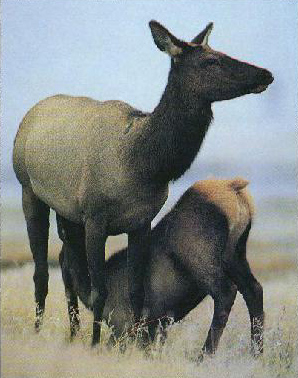
About 8 1/2 months after she is bred, a cow gives birth to a single calf rarely twins - in May and June. A calf
weighs about 30 pounds and can stand when only 20 minutes old. Within an hour it starts to nurse, and it begins
feeding on vegetation when less than a month old
In spring and summer, bulls go off by themselves, living alone or in small groups. Cows and calves tend to remain
in family units composed of a mature cow, her calf, and immature offspring from the year before. Sometimes several
families band together. An old cow will lead the group, barking out alarm calls and guiding the band away from
intruders. In hot weather, elk bed down in the shade of dense timber. They prefer not to move about in heavy wind.
Potential lifespan for an elk is 20 years.
Brainworm is a parasitic nematode (Parelaphostrongylus tenuis) that sometimes kills elk. The nematode is common
in the eastern United States and Canada. Its primary host is the white-tailed deer, which it does not normally
harm. Elk pick up the parasite from snails - an intermediate brainworm host - which they inadvertently consume
while grazing. The worm eventually reaches the brain and spinal column, causing death.
Elk are attracted to forest clearcuts, revegetated strip mines, grassy meadows, open stream bottoms, and agricultural
lands. Shy animals, they tend to avoid contact with humans, although they will venture into settled areas to reach
favored food sources. |

 Way beyond
the earth, a part of the Osage lived in the sky. They wanted to know where they came from, so they went to the
sun.
Way beyond
the earth, a part of the Osage lived in the sky. They wanted to know where they came from, so they went to the
sun.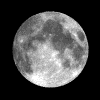 She told
them that she gave birth to them, and that the sun was their father. She said that they must leave the sky and
go down to live on earth.
She told
them that she gave birth to them, and that the sun was their father. She said that they must leave the sky and
go down to live on earth. The animals
were with them, and of these the elk inspired all creatures with confidence because he was the finest and the most
stately.
The animals
were with them, and of these the elk inspired all creatures with confidence because he was the finest and the most
stately.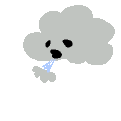 Then
he called to the winds, and they came from all quarters and blew until the waters went upward in a mist.
Then
he called to the winds, and they came from all quarters and blew until the waters went upward in a mist. When this
happened, the elk in his joy rolled over and over, and all his loose hairs clung to the soil. The hairs grew, and
from them sprang beans, corn, potatoes, and wild turnips, and then all the grasses and trees.
When this
happened, the elk in his joy rolled over and over, and all his loose hairs clung to the soil. The hairs grew, and
from them sprang beans, corn, potatoes, and wild turnips, and then all the grasses and trees.
 The large
sweeping antlers on the dark brown head of a bull elk distinguish it from all other deer. The name "elk"
originated with early European settlers in the United States, who confused it with the European elk, which is a
close relative of our moose. Elk are often called "wapiti," the Shawnee word for "white rump."
This description refers to the prominent, cream-colored rump patch. Elk are generally tan in color, with dark brown
over the head, neck and legs.
The large
sweeping antlers on the dark brown head of a bull elk distinguish it from all other deer. The name "elk"
originated with early European settlers in the United States, who confused it with the European elk, which is a
close relative of our moose. Elk are often called "wapiti," the Shawnee word for "white rump."
This description refers to the prominent, cream-colored rump patch. Elk are generally tan in color, with dark brown
over the head, neck and legs. 

